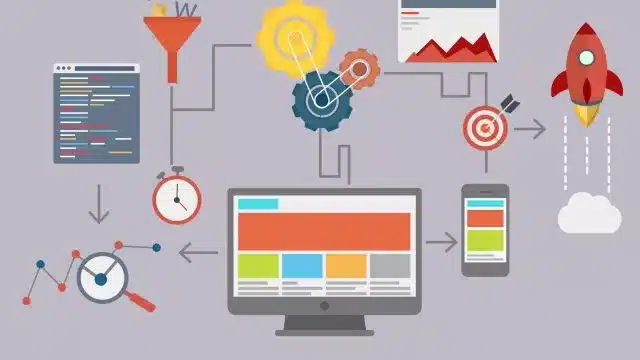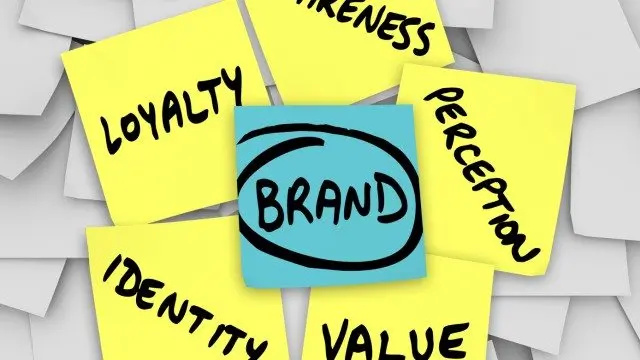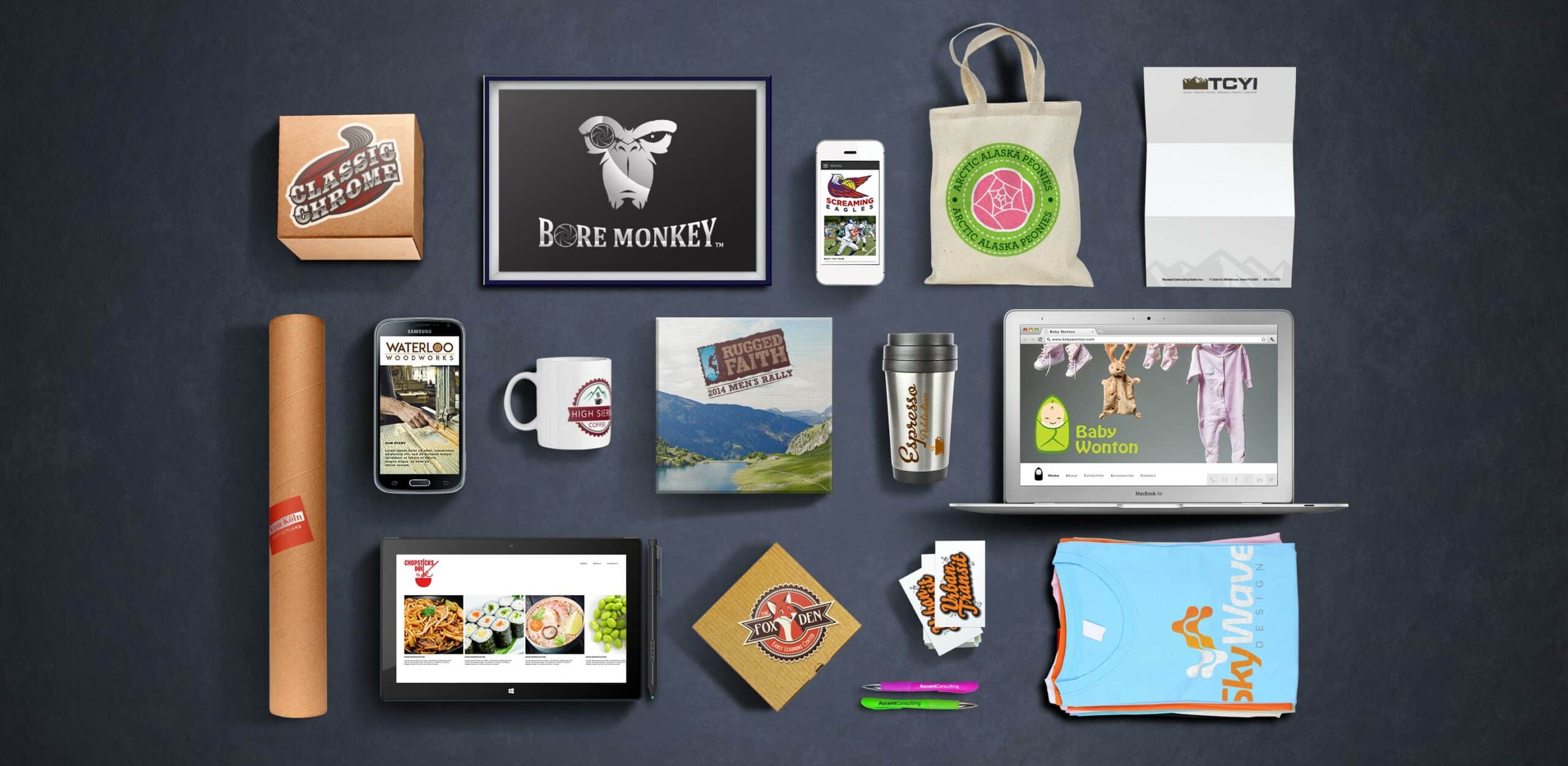Thanks for hanging out with us today! This edition of the Education Series is simply covering easy, common print terms you might want to know about if you plan on printing flyers, business cards, or any sort of printed marketing materials. These terms were pulled from this awesome printing glossary, which you should bookmark if you plan to do a lot of printing in the future.
Bleed. Part of a printed image that goes beyond the edge that is cut. This enables edge to edge printing without margins. A typical bleed is 3mm over the document size.
CMYK. Stands for Cyan, Magenta, Yellow, Black (K means Key Color, which is what black is called in the printing world). All colors consist of a mixture of these four and CMYK is the standard color model used for full-color artwork.
Digital Printing. An image is applied to a substrate directly from a digital file rather than using plates. You can read more about this in our Offset Printing article.
DPI (Dots Per Inch). Refers to the frequency that print dots appear on an image. The greater the DPI, the finer the print looks, giving it a sharper, more noticeable quality.
DTP (i) Desktop Publishing. The process in which documents can be designed on a computer, ready to be sent to print. DTP software, such as Adobe InDesign, allow the user to define the fonts, margins, justification and embedded images that are used within the document.
DTP (ii) Direct To Plate. Involves imaging printing plates from a digital file instead of using film.
Duplex Printing. Printing on both sides of a piece of paper. Some printers require a Duplexing unit to be bought separately so it can carry out this function automatically. Without such units, you may have to turn and feed each sheet of paper by hand.
EPS. Stands for Encapsulated PostScript. Graphic files tend to be saved as an EPS, in order to be placed into a DTP application such Adobe Illustrator. This often creates a vector image.
GIF. Graphical Interchange Format. Pioneered by CompuServe as a device to compress and distribute graphics over the Internet. Also…used for fun these days.
JPEG. Joint Photographic Experts Group, sometimes JPG for short. A common format for image files online. Can be difficult to print from; don’t use this format if you’re looking for something to be crisply printed.
Offset Printing. A printing technique. Ink is spread on a metal plate with etched images, then transferred on to a surface such as a rubber blanket, and finally applied to paper by pressing it against the blanket. Offset printing can be used to produce large volumes of high-quality documents, such as advertisements or brochures.
Pantone Color. An ink system where the eight primary colors are mixed by defined ratios in order to make a specific color. This color is given a Pantone reference such as PMS 300 that all printers can understand.
Personalized Print. Each sheet can be personalized within a run using variable data. Particularly used for Direct Marketing (DM) campaigns where every letter and envelope is addressed to a specific person that has been entered into a database. We do this kind of stuff here at Logoworks, and we have a really awesome design team that can help, too.
PDF. Portable Document Format is an electronic file that includes fonts, graphics, and text.
Proof. A printout or digital file that the client checks, amends, and approves before their work is sent to print.
RGB. Red, Green, and Blue is the typical color model used by display devices. In order to print a document that has been saved as RGB, it has to be color matched and converted into CMYK. This ensures that the printed document looks the same as it appears on the screen. This process can be quite difficult and time-consuming, especially when dealing with full-color artwork.
TIFF. Tagged image file format – one of the most widely used file formats for storing bit-mapped images; also popular for photographic images.
ZIP File. Zipping a file compresses one or more files into a smaller archive. It takes up less hard drive space and less time to transfer across a network or the internet.




